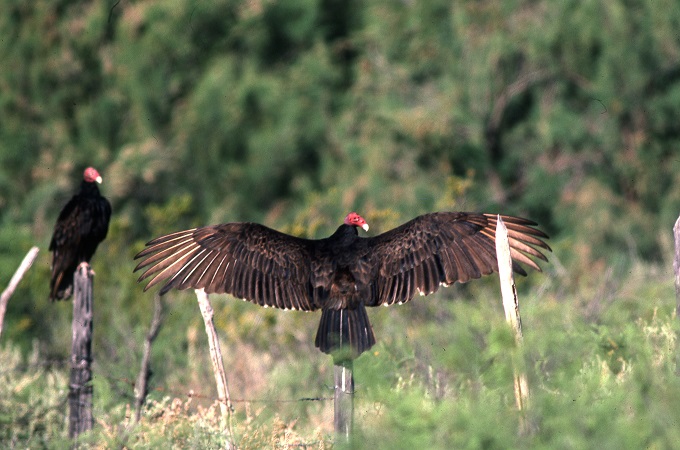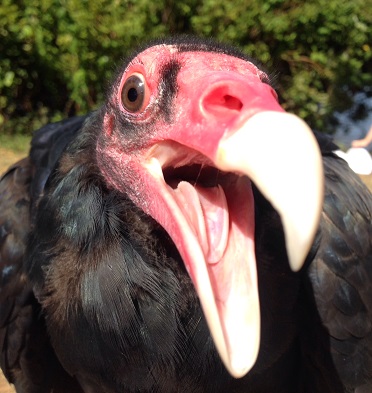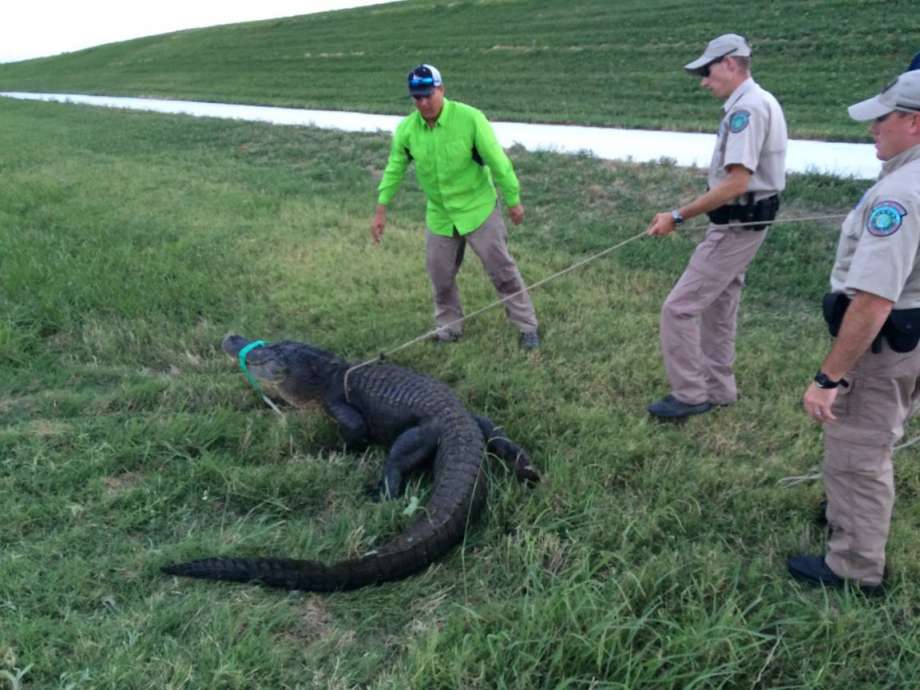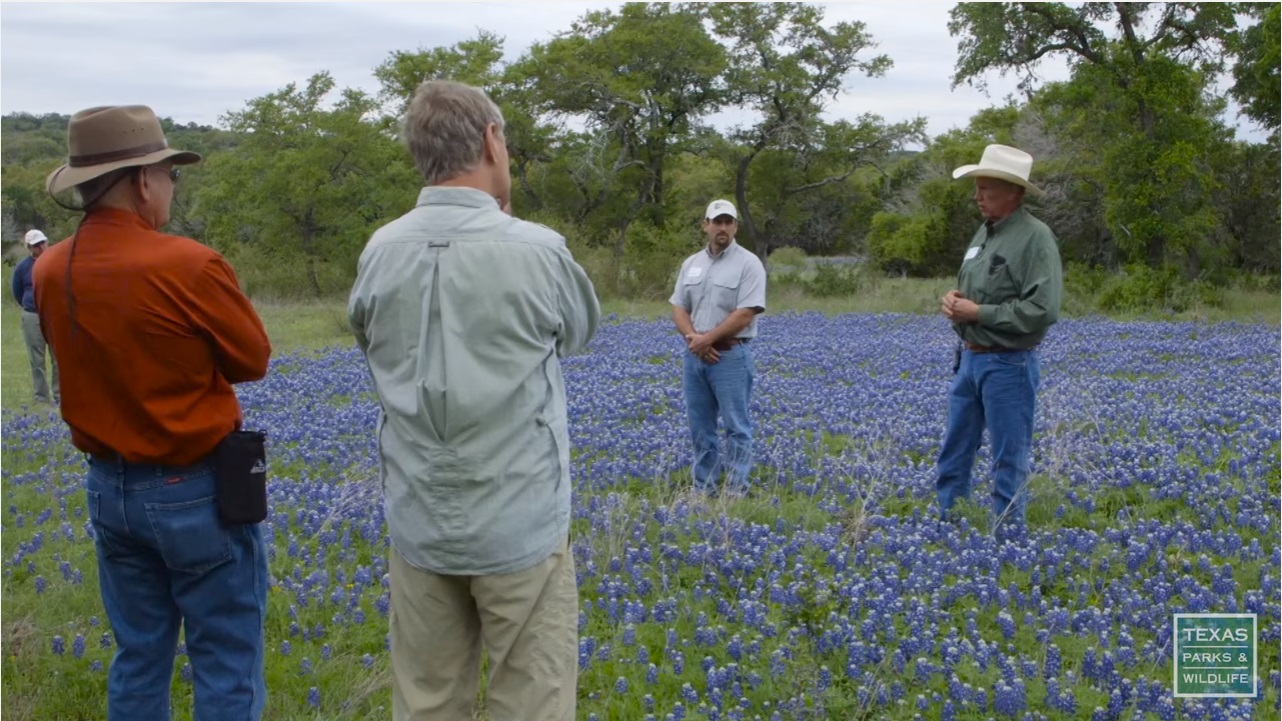Wildlife Tracking
Thursday, June 22nd, 2017This is Passport to Texas
When it comes to wildlife, there’s more of it out there than meets the eye.
Some of them are fairly secretive. A lot of times, we never even see the animal. Looking at the tracks and sign are the only way that we’re able to determine that the animals are present.
Heidi Baily is a wildlife biologist in east Texas. She says tracking is a skill she uses when conducting wildlife surveys.
Wildlife tracking is getting out there and looking for not just the tracks or the imprints left by the feet of the animal, but it’s also getting out there and looking for chew marks on a particular plant. Or, maybe scat—which is the highfalutin name for animal poop. Or a feeding sign, or anything that reveals that something has passed through.
When tracking wildlife, Heidi says, it helps to think like the animal you’re tracking.
The best trackers are the ones who can put themselves in the mind of the animal, and be able to determine where it’s been, what it’s doing and where it’s going. That’s the fun part of the wildlife CSI of it: almost becoming the animal.
Tracking isn’t for wildlife biologists only. Heidi Baily says anyone can track wildlife, starting in their own backyard. Find field guide and tracking app information at passporttotexas.org.
The Wildlife restoration Program supports our series.
For Texas Parks and Wildlife, I’m Cecilia Nasti.
________________________________________________
Field Guides:
Peterson Field Guide to Animal Tracks
by Olaus Johan Murie, Mark Elbroch · Houghton Mifflin · Paperback · 391 pages · ISBN 061851743X
Mammal Tracks & Sign: A Guide to North American Species
by Mark Elbroch · Stackpole Books · Paperback · 779 pages · ISBN 0811726266







 Passport to Texas is a
Passport to Texas is a  Passport to Texas is made available by:
Passport to Texas is made available by: